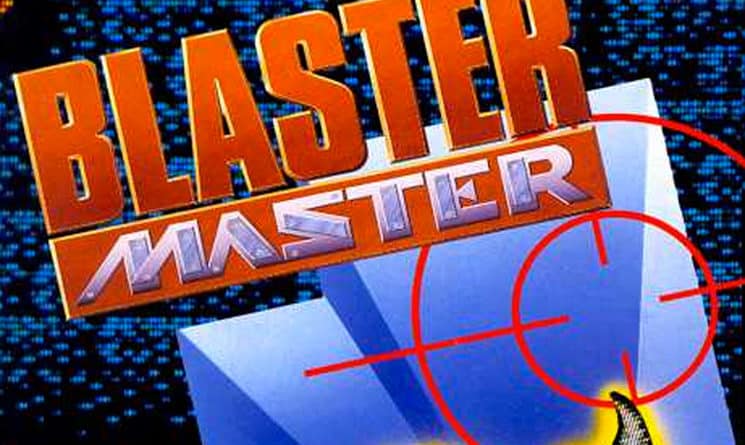“Blaster Master” (Sunsoft, 1988)
What do you think of when you hear “Blaster Master?” Many classic video game fans heap praise upon it. They say it’s underrated. They say it’s a perfect combination of “The Legend of Zelda,” “Metroid,” and “Mega Man.” They say it’s one of the best games ever released.
They are liars.
“Blaster Master” was born from failure. Japanese game developer Sunsoft released “Cho Wakusei Senki Metafight” in 1988. Translated as “Super Planetary War Records: Metafight,” the game sees futuristic space despot Emperor Goez declare himself a god after conquering much of the universe with the help of his Inbem Dark Star Cluster (your guess is as good as mine as to what that is). He invades Sophia the 3rd, which is the planet our hero, Kane Gardner, hails from. Kane must stop Goez. The game was a flop in Japan and Sunsoft began looking ahead to future projects.
Five months later, on the other side of the Pacific, the newly titled “Blaster Master” received great early reviews from industry magazines like Electronic Game Player. It’s quite common for games to go through changes in the porting process before leaving Japan. “Blaster Master” might be the poster child of this phenomenon. The story, laid out in a prologue consisting of eight wordless pictures scored with an ominous minor-chord chiptune melody, is certainly original.
1. Jason (that’s you) admires his best friend, Fred (a frog). 2. Fred jumps out of his jar. 3. Fred jumps to the side yard toward a giant box that reads “RADIOAC.” 4. Fred, having licked the box, grows to the size of a Jetta. 5. Fred, confused and scared by his newly acquired amphibi-gigantism jumps down a nearby hole. 6. Jason, despondent over the transformation and momentary loss of his friend, jumps down the hole after Fred. 7. At the bottom of the hole, Jason finds a hot pink ATV-moon buggy hybrid with a rocket launcher, but no sign of Fred. 8. Jason puts on a matching pink uniform and helmet and readies himself to find his best friend.
The gimmick — excuse me, the clever feature — is that “Blaster Master” is always changing. When Jason is driving SOPHIA (now a rocket buggy rather than a planet) the game is a side-scrolling adventure, demanding non-stop jumping (like “Mega Man”) and a keen eye for memorizing the game map and backtracking for power-ups (like “Metroid”). Later, it becomes a run-and-gun quest with a top-down perspective (like “Zelda”).
Can graphics and music save a game? They needed to. The gameplay had such a high degree of difficulty — unresponsive brakes on SOPHIA, wonky aim for Jason’s gun, the sudden loss of power-ups, plus no save feature or passwords — that it was the detailed, crisp images and slavishly designed and choreographed boss fights, coupled with Naoki Kodaka’s legendary score, that kept people playing, even when all hope was lost. I’ll admit it: I never beat Plutonium Boss, the Americanized Emperor Goez. I never saved Fred. But I still play “Blaster Master” just to listen to the music.
Hidden Gem or Total Junk:
Total Junk (with a catchy soundtrack)

